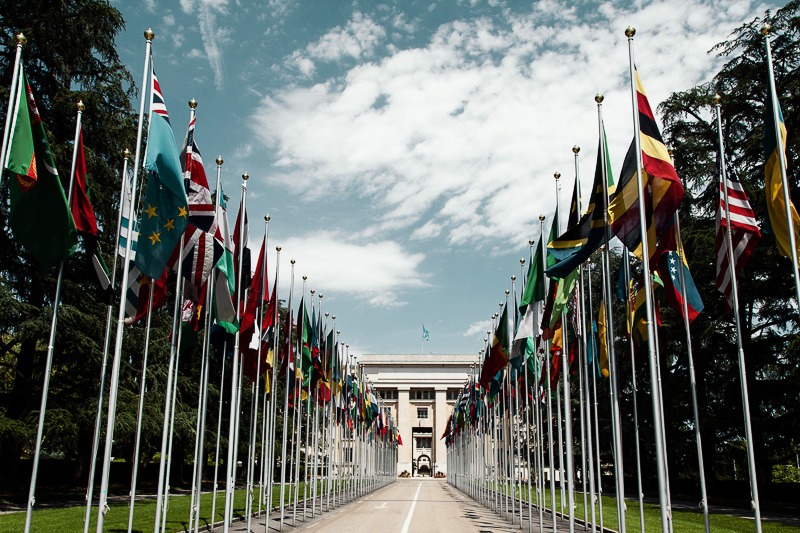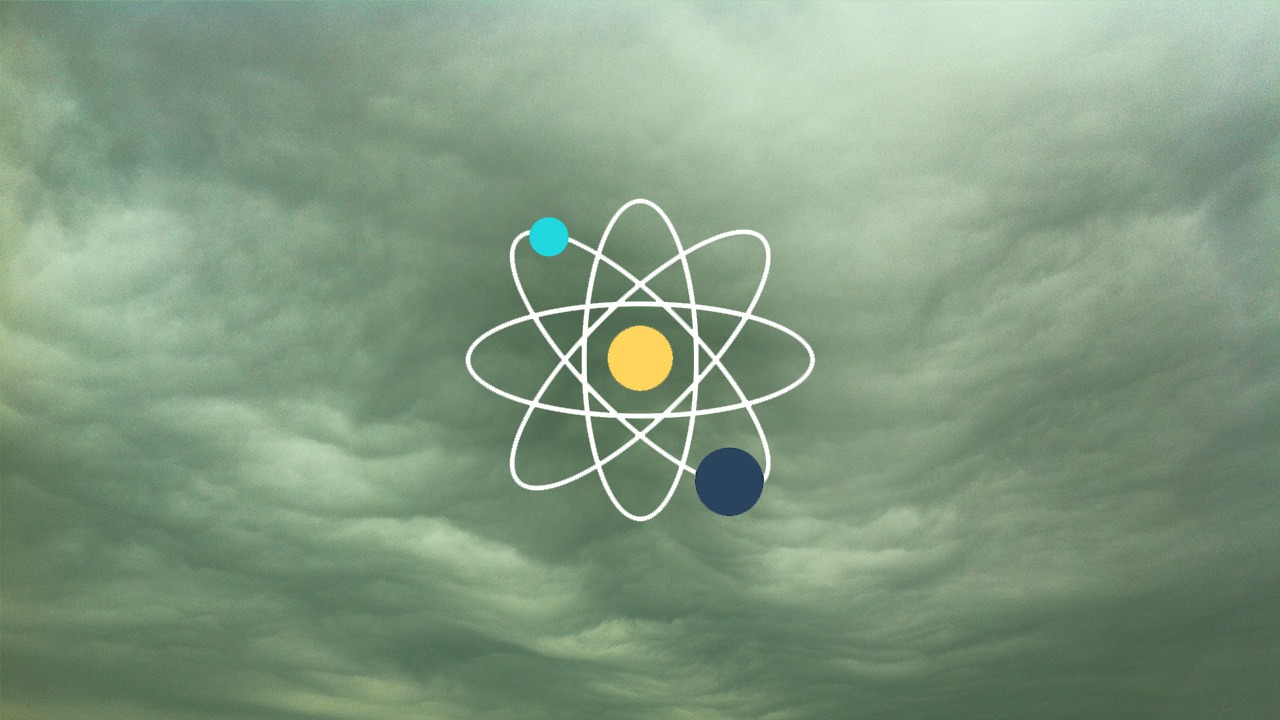Rethinking Nuclear Disarmament in Asia-Pacific
Rethinking Nuclear Disarmament in Asia-Pacific
70 years after Hiroshima, and with the Cold War over, Asia-Pacific has evolved into the global epicentre of nuclear threats arising from a chain of perceived existential security threats. Asia is the only continent where the numbers of nuclear warheads are increasing, and this is true of all four nuclear-armed states (China, DPRK, India, Pakistan). The management of those threats including the ensuing nuclear dimension has been essentially bilateral, but all regional partners are impacted. Raising awareness of the threats remains important but it needs to have a channel for action. The relevant regional mechanism includes the ASEAN Regional Forum (ARF) and the East Asia Forum (EAS). Do these mechanisms need to be made to work better or are others needed or should we continue to focus on bilateral efforts?
Moderator: Ramesh Thakur (Co-convener, APLN / former assistant Secretary-General of the UN)
Presenters:
Hong-koo Lee (former Prime Minister of the R.O.K.)
Carlos Sorreta (Ambassador, Embassy of the Philippines, Moscow)
John Tilemann (Director of Research, Asia Pacific Leadership Network for Nuclear Non-proliferation and Disarmament [APLN])
*All panelists and moderator are members of the APLN.
Ramesh Thakur: We have moved from 1st nuclear phase to 2nd nuclear phase. The 1st phase during the Cold War was centered on the Atlantic Ocean according to bipolar great power rivalry between the US and USSR. A mechanism was in place for maintaining strategic stability. The current 2nd phase is centered on the Pacific Ocean. There are fewer nuclear weapons, but multiple nuclear powers and complex deterrence relations (e.g. India and Pakistan are conceptually, politically and strategically intertwined with China). Nuclear war is more likely, especially between India and Pakistan. Boundaries between nuclear and conventional warheads are being eroded.
There are three different categories of nuclear states in Asia. The first is an NPT recognized formal nuclear powers, China, which has legal obligation of disarmament as stated in article 6 of NPT. The second are non-NPT states: India and Pakistan. Lastly, a former member of NPT, now withdrawn: North Korea.
Hong-koo Lee: The biggest concern is the relations between two superpowers: China and the US. The US had always considered itself an Atlantic power until WWII. In the 2nd half of the 20th century, it has shifted economically and politically from the east coast to the west coast. With Hawaii and Alaska becoming formal US states, it has become constitutionally drawn closer to the Pacific. President Obama from Hawaii considers the Pacific his home, and has unsurprisingly announced ‘pivot to Asia’.
During the Cold War, the US and USSR had different economic systems that were isolated from each other. However, China has decided to become part of the US-led global market, which was the only way for it to become a superpower. This is qualitatively different from the Cold War. Hopefully, rational market economy will be a sufficient force to create relationship of accommodation. Both Americans and Chinese have a commercial culture, which are the foundations of their strengths.
China, Japan, and South Korea need for have an amiable relationship; otherwise, their future destinies are uncertain. This is directly related to peace in East Asia. However, with North Korea, it is hard for China to run a coherent foreign policy.
Since Asia is so big, there is no serious consideration as a continent to deal with the nuclear issue. We tend to be preoccupied with our own problem in our immediate neighbor, North Korea. The current nuclear crisis in North Korea is a result of North Korea’s exceptionalism and tendency to go against global and regional trends.
South Korea is in the center of two circles: the US-China circle and the China-Japan-South Korea circle. President Park’s decisions to join AIIB (and not TPP) and participate in Beijing’s victory celebrations of the 70th anniversary of the end of WWII are not perceived positively by Koreans and Americans. We need to bring these two circles together and involve all parties in dialogues for a realistic resolution.
If only looking at East Asia (including Australia), there is not that much difference between the two nuclear phases. All states except North Korea accept China as the only nuclear state in the region, as USSR once was in Europe.
Because Donald Trump’s rise was so unexpected, we have not been prepared to react intelligently to his arguments that South Korea should go nuclear. However, Koreans do not want nuclear capabilities, with many suffered from the atomic bombs in Japan, and such suggestions are not taken seriously. In the 1991 agreements between North and South Korea, it was declared that the peninsula would be kept nuclear free.
Carlos Sorreta: In the Atlantic and the Middle East, there is great tension between Russia and the US. There is least tension between Russia and the US in the Pacific. However, this does not mean there are good prospects for nuclear disarmament. There needs more be greater confidence building. Russia has been conducting naval exercises with China and some ASEAN countries. Meanwhile, Russia is reluctant to be actively involved in North Korean issue unless Putin is sure that it is a winning game.
The 2nd nuclear phase is much more complex than the 1st. with the US engages in different relations with China and Russia in different regions of the Asia-Pacific: in North Korea, cooperation; in South East Asia, competition; and in the South China Sea, confrontation.
John Tilemann: Nuclear umbrellas have helped establish and maintain nuclear security. States are agreed to participate in confidence building measures because they received security assurances by nuclear umbrellas. For example, Australia gave up its nuclear capabilities because it was assured support under the NPT, and perceived security benefits of reducing the number of nuclear states in the region.
The umbrella can be formal, as in the case of the Republic of Korea and that of the NATO states. It can also be informal as in the case of Australia and Japan, where the evidence of such an arrangement is to be found in the statements of the governments concerned.
New thinking is needed to for disarmament in the Asia Pacific. Non-nuclear states under the US umbrella can contribute to these efforts, because they rely on nuclear credibility for their own security, and have intimate relationships with the US. For example, Australia has been a leader in Comprehensive Test Ban Treaty (CTBT) and International Commission on Nuclear non-Proliferation and Disarmament. Unlike NATO in the Cold War, Asia currently does not have confidence building infrastructures.
Policy Implications
Ramesh Thakur: Is there any creative new thinking coming out of this region for nuclear disarmament?
John Tilemann: Because the 2nd nuclear phase is young, considerations of nuclear issues are underdone. There needs to be different sets of arrangements as there are in the Atlantic, as well as more intellectual effort for Track 1.5/Track 2 arms control ideas.
Carlos Sorreta: The ASEAN Regional Forum(ARF) was not designed to deal with nuclear issues and has no mechanism to deal with those issues. Meanwhile, South East Asia Nuclear Weapon Free Zone is stuck in progress. There needs to be committal confidence building measures as there are in the Atlantic.
Hong-koo Lee: With the US presidential elections, all leaders in the region need to rethink dangers. There is a strong case for us to work together.



